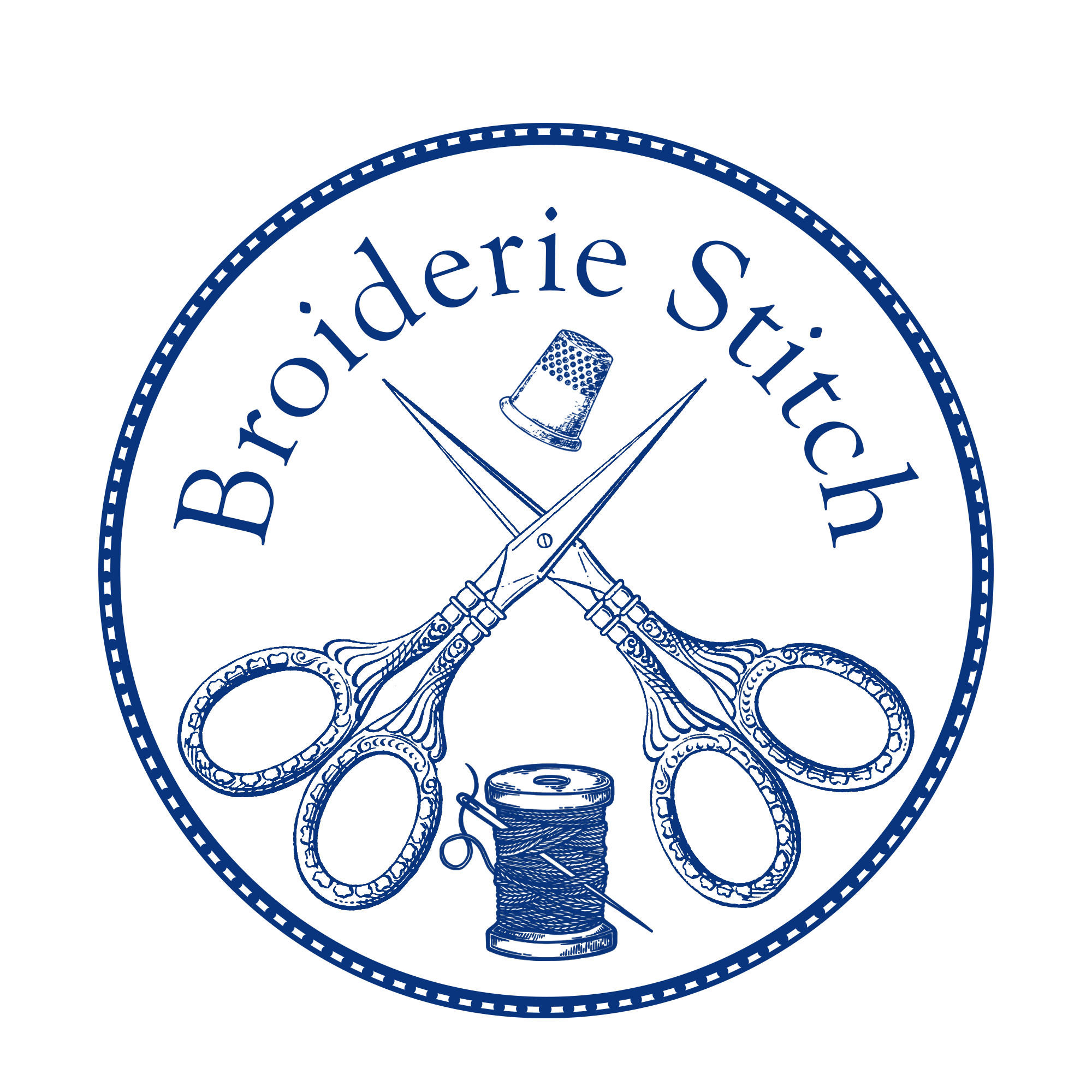
The second butterfly in our Butterflies of the World series is a lot more vibrant than the first - kantha embroidery (developed in India) makes joyful use of a wide array of bright shades. The brilliant colors and playful patterns are almost as distinctive as the method of stitching.

Kantha stitching often uses nothing more than the humble running stitch to decorate fabric. Single lines may be used to outline a figure or areas may be filled in with layered lines. Old examples have nearly solid stitching, though modern examples often space out the lines for a more airy look. Motifs are often outlined in dark brown or black, and filled in according to the artist's fancy.

Just like Morse code can use dots and dashes to write an infinite amount of messages, the simple running stitch can be used to make an infinite amount of patterns. Stacking lines of stitches like bricks produces a nearly solid filling, and stacking lines of identical stitches produces bands of color- like the yellow bars on the outside of the hindwings. Stagger the stitches a bit? Diagonal bands. Changing the length of the stitches and the distance between them opens up a staggering amount of possibilities, including diamond and triangle shapes and more complex patterns. This method of stitching - adjusting the size and placement of running stitch - is common among many cultures, and is called 'pattern darning'. It is nothing more or less than darning with running stitches, but there are endless possible patterns and permutations.

Kantha loosely translates to 'rags', and rags were indeed what kantha was first made from. Several saris would be layered on top of each other and held together with running stitches to form a light quilted blanket. It didn't take long for thrifty women to put the nicest sari on top, or to pull colorful threads from the borders of the sari to embroider designs. These were usually drawn directly onto the fabric, and embroidered with whatever threads and colors were around.

Image from fidalix on flicker
Traditional kantha quilts are usually made of five or six layered saris, and embroidered with scenes of life. An eight-petalled lotus often graces the center of the quilt, and trees usually grace each corner. This example is housed in the Textile Museum of Canada, and was likely stitched between 1920 and 1960.

from the Textile Museum of Canada
Our kantha butterfly is based (loosely) on the great blue mime (Papilio paradoxa). These beauties range from India to Southeast Asia, and closely mimic the striped blue crow and magpie crow butterflies. They're relatively rare, and can be found in the lowland forests of Assam.

This kantha butterfly was far less structured (and far more colorful!) than my usual work. I'm glad I have had the opportunity to research such a vibrant technique.


